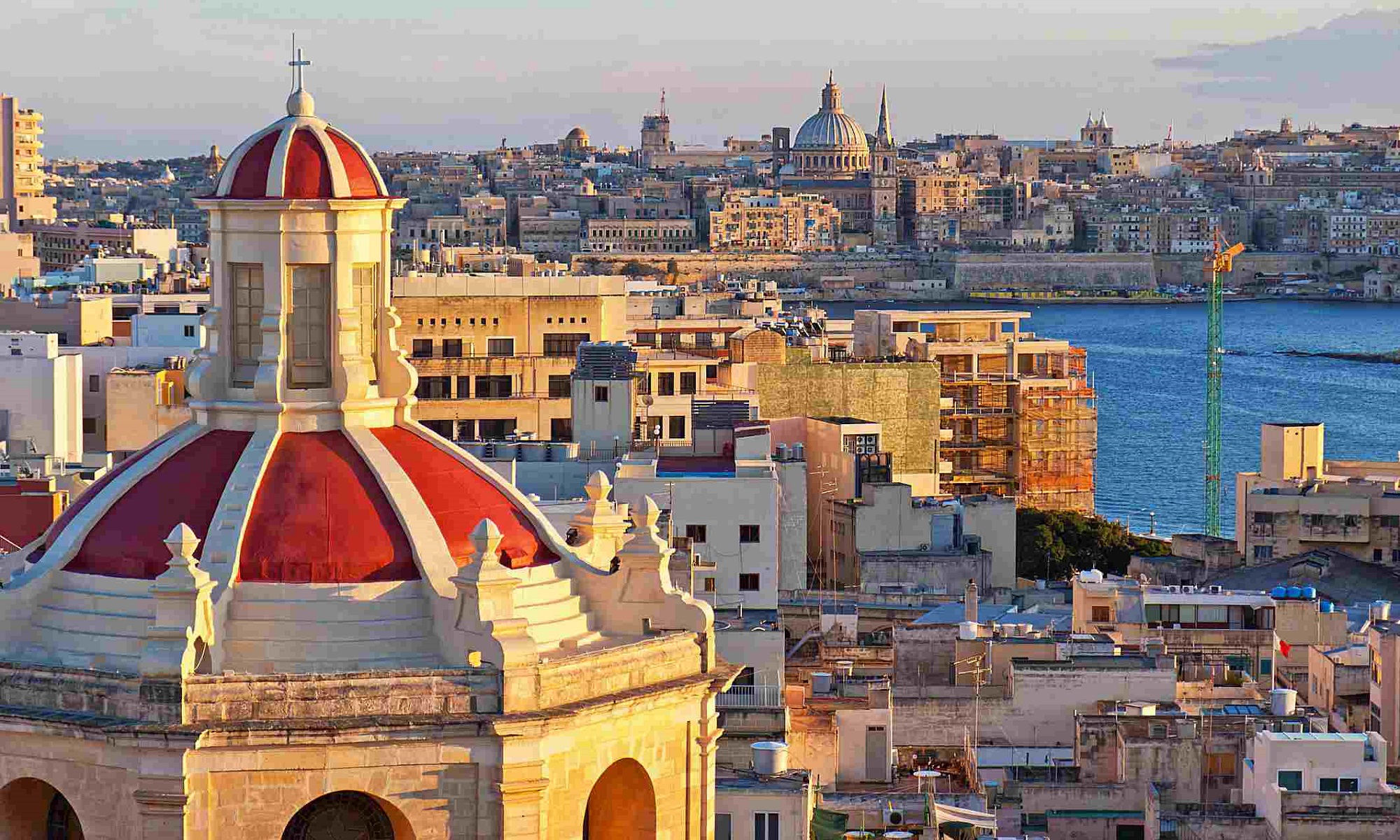
Malta has one of the finest educational systems, with most international schools operating a variety of curricula. Schools in Malta follow the British curriculum, where students study a specified list of subjects and take mid-year and final exams.
If you’re new to Malta, then this guide will give you an overview of the educational system in Malta. In this article, you’ll get to see everything you need to know about education in Malta including its quality, cost, requirements, and free schooling.
Educational structure
Malta was a British Colony before its independence. This allowed the UK to significantly influence the academic system of the Maltese islands. In this part of Europe, schooling is free and available to all children from 3 to 16, and students within this age grade take examinations at a very young age.
Similar to the British system of education, uniforms are compulsory in most academies and colleges. Some people prefer free state education while others opt for fairly priced private or church schools. Church academies are usually free but receive annual donations.
State-run education is administered by the federal government, through the Minister of Education. This Ministry is empowered to take decisions concerning the administration of education throughout the country.
The Minister is responsible for several academic-related government functions and is vetted and appointed by the President on the advice of the Prime Minister of the country.
Schools in this part of Europe begin their school day at 8:30 am and end by 2:40 pm from Monday to Friday. The educational system here is divided into four stages: pre-primary, primary, secondary, and tertiary education.
Education languages
The official languages are Maltese and English. English is a compulsory language in Malta’s academic system, it is the main language of instruction at private, state, secondary schools, and tertiary institutions. Maltese and religious studies are not compulsory for non-Maltese students.
Types of schools
Schools are generally grouped into three major categories, which include: state schools, church schools, and independent colleges. State colleges are the most common school in the country. It is free to all students and residents. Provision for transportation to and from school, books, and other school materials are also free. But students must purchase their school uniform.
Both church and independent colleges offer academic training from pre-primary to upper secondary. These studies are regulated by the Ministry of Education. Church schools are usually owned by the Catholic Church and do not charge school fees.
There are good numbers of International and private schools that tutor foreign students in the country. Parents, guardians, and wards must pay for the school fees, buy school supplies, transport, and uniforms for these institutions. All Private schools are registered and monitored by the State.
There are four special schools & needs resource centers. These schools have specialist teachers, equipment, and resources for children with learning difficulties.
Pre-primary & primary education
Primary schools provide free academic training to students from 3 to 11 years. Primary schools can be State colleges, Church schools, or Private Institutions. Children between the ages of 3 and 5 may attend Kindergarten (Kindergarten is not part of compulsory education).
Attending primary school is mandatory from the age of 5. Most States run primary schools are co-educational, while Church schools are usually single-sex.
Secondary & post-secondary education
After six years in primary school, students must sit for an Eleven-Plus exam to get admitted to a Junior Lyceum or other secondary school. Most Junior Lyceum and area secondary schools are single-sex.
Secondary education certificates are awarded to students who passed their exams. The secondary school leaving age in this part of Europe is 16. Students can proceed to take matriculation exams to continue their studies in any university of their choice.
Students that passed their O-level exams can choose to attend MCAST (skills school), Junior College, or Higher Secondary School. High School is an institution set up to prepare students for their A-levels, which are required for admission.
University & tertiary education
After the student completes A-levels exams (2 A-levels and 4 intermediate), he/she is cleared to attend the University of Malta or MCAST of his/her choice. The University of Malta is the highest academic institution in Malta. Standing for over 400 years, it is also the oldest University in Europe. It offers undergraduate and post-graduate programs. Malta also provides free university studies for qualified residents.
Cost of education in Malta
For the most part, education is free in this part of Europe. But the tuition fee for international students studying the arts or business courses in Malta is €1,080 and €1,360 for science courses at the undergraduate level. While full-time undergraduate courses are free to Maltese and EU citizens.

